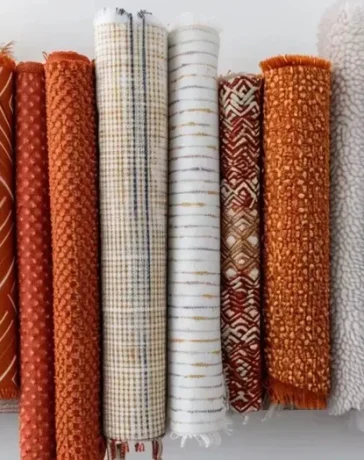Cultural appropriation has become a hot topic in the fashion industry, especially in recent years. Many designers have been accused of taking elements from other cultures and using them for their own profit, without giving credit or respect to the original culture. This has led to debates about the ethics of cultural appropriation in fashion and its impact on marginalized communities.

What is Cultural Appropriation?
Cultural appropriation is the adoption or use of elements from one culture by members of another culture. This can include fashion, music, art, literature, and other forms of creative expression. While cultural exchange and borrowing can be positive and enriching, cultural appropriation is often criticized for being exploitative, disrespectful, and perpetuating harmful stereotypes.
The Impact on Marginalized Communities
When elements of a cultural group are appropriated without permission or respect, it can have a significant impact on members of that community. It can lead to feelings of erasure and marginalization, as well as perpetuate harmful stereotypes that have been used to oppress and discriminate against that group. For example, the use of Native American headdresses in fashion has been criticized for being disrespectful to Native American culture and perpetuating harmful stereotypes about their spirituality.
Additionally, cultural appropriation can have economic consequences for marginalized communities. When fashion designers profit from using elements of a culture without giving credit or compensation to its creators, it can reinforce existing power imbalances and perpetuate economic inequality.
Examples of Cultural Appropriation in Fashion
- The use of bindis and henna by non-South Asian models and celebrities
- The use of Native American headdresses in fashion
- The use of African tribal prints without giving credit to the original creators
- The use of traditional Chinese clothing without understanding its cultural significance
The Importance of Cultural Appreciation
While cultural appropriation can have negative impacts, cultural appreciation can be a positive and respectful way to incorporate elements from other cultures into fashion. This involves understanding and respecting the cultural significance of the elements being used, giving credit to the original creators, and working collaboratively with members of that culture.
Designers can also promote cultural appreciation by hiring models and creatives from diverse backgrounds, and by using their platforms to highlight and promote lesser-known artists and designers from marginalized communities.
The impact of cultural appropriation in fashion is complex and multifaceted. While cultural exchange and borrowing can be positive and enriching, cultural appropriation can perpetuate harmful stereotypes, erasure, and economic inequality. It is important for designers and consumers to be aware of the cultural significance of the elements they are using and to work collaboratively with members of the culture they are drawing from. By promoting cultural appreciation and respect, the fashion industry can move towards a more inclusive and equitable future.














